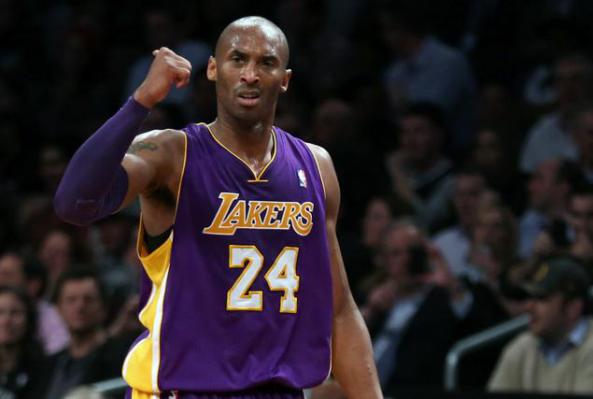Exploring past Lakers rebuilding projects, and how they compare to the team’s current rebuild.
The Los Angeles Lakers have been one of the most successful franchises in NBA since the league’s inception. They have won 16 championships, 31 conference titles and only 13 losing seasons in 66 seasons. Of these 13 losing seasons, all of them came during a definite rebuilding stage that was followed by a NBA Finals run or NBA Championships. How have the Lakers managed to rebuild so successfully? A few factors and strategies have contributed and may even predict how long the current trend will last. The precedent for rebuilding quickly and deliberately was set by four previous rebuilding stages dating back to 1955.
From 1955-1960 The Lakers went through their first rough patch following the retirement of the NBA’s first superstar George Mikan in 1954. They added Elgin Baylor in 1958 and Jerry West in 1960, leading to seven conference finals in the 1960s and a championship in 1972.
During the 1970’s, the team continued to add parts to get back to the championship form they had enjoyed under Jerry West, Wilt Chamberlain, Elgin Baylor, and Gail Goodrich. They added Kareem Abdul-Jabbar after missing the playoffs in 1974, and then drafted Magic Johnson in 1979. Though James Worthy came three years later, this core group led the Lakers to five titles in the 1980s.
Following the retirement of Magic Johnson in 1991 and the end of the “Showtime” Lakers, the team went through five years of sub-championship teams, though they did make the playoffs twice. Following this downturn, the Lakers signed Shaquille O’Neal via free agency and also drafted 17-year-old Kobe Bryant out of high school.
The rebuild from 2004-2007 began with the trading of Shaquille O’Neal to the Heat and was continued by adding pieces that would either become part of the championship team or be traded for pieces. Andrew Bynum was drafted in 2007, and draftees/free agent acquisitions Javaris Crittenton, Kwame Brown, Aaron McKie, and picks were traded to Memphis for All-Star Pau Gasol.
The relative ease with which the Lakers have always rebuilt has led to the question of how long it will take them to return to contending form following this past year’s 27-55 record. It is clear that they have developed a formula for rebuilding based upon gathering assets. Los Angeles has always been, and will continue to be, an attractive destination for all free agents. This allows the Lakers to rebuild at a faster rate than teams that mostly depend upon the draft/trades. However, following past models would be difficult because they lack the assets (it looks as if they will only have Kobe Bryant, Kendall Marshall, Steve Nash, Robert Sacre, and possibly Nick Young under contract for next season), meaning they will likely look to add a big name free agent such as Carmelo Anthony, Chris Bosh, Greg Monroe, or trade for the likes of rumored trade targets Kevin Love or LaMarcus Aldridge.
The current team will likely try go the route of the 2000s rebuild, which was one of the shortest, because they still had Kobe Bryant in his prime and needed to be great again before his patience ran out. I see more of the 90’s rebuild in this Lakers team, as they have an injured and aging star (James Worthy/current Kobe) who they will attempt to build around now that other contributors have retired or moved on. This rebuild relied on adding a big time free agent, O’Neal, and drafting young talent to surround him with such as Derek Fisher and Kobe Bryant.
I fear though, like Worthy’s final years, Bryant’s career will be over by the time that the Lakers finish rebuilding. Despite this, the Lakers would be best served adding a promising young big man (Julius Randle?) and look to free agency to add a second star to Bryant. This way, even if it doesn’t work out in the short term, they have assets and flexibility to return to contending form. If the 1990s or 2000s rebuilds are the model to follow, we can expect the Lakers to be a lottery team for three to five years, likely too long for aging star Kobe Bryant, but shorter than most teams must endure.
Add The Sports Daily to your Google News Feed!
